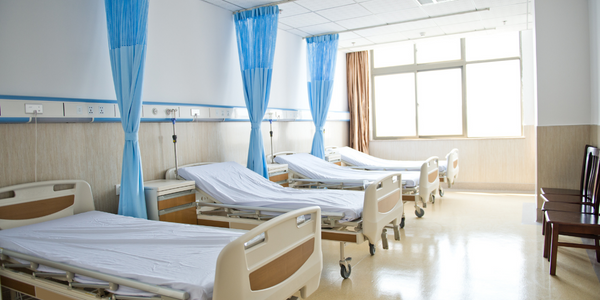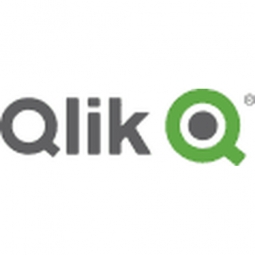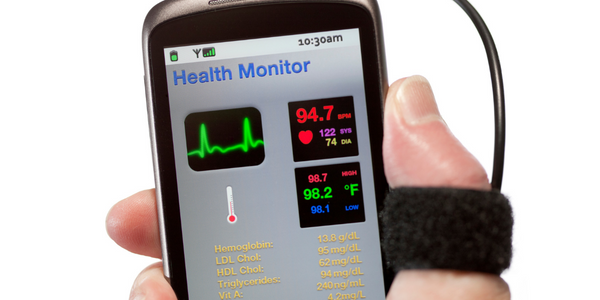Customer Company Size
Large Corporate
Region
- Europe
Country
- Sweden
Product
- QlikView
Tech Stack
- QlikView Server
Implementation Scale
- Enterprise-wide Deployment
Impact Metrics
- Cost Savings
- Productivity Improvements
- Customer Satisfaction
Technology Category
- Analytics & Modeling - Real Time Analytics
Applicable Industries
- Healthcare & Hospitals
Applicable Functions
- Quality Assurance
- Human Resources
Use Cases
- Predictive Maintenance
- Supply Chain Visibility
Services
- System Integration
About The Customer
Helsingborg Hospital is one of Sweden's largest privatized emergency hospitals and one of the most advanced healthcare providers. The hospital has around 500 beds and supports approximately 450,000 annual patient visits. The hospital is headquartered in Helsingborg, Sweden in the Skåne region. The hospital has achieved around €225 million ($300 million) in revenue with a workforce of 3,500 employees. The hospital is known for its high standards of service and medical care and is a regional leader in the healthcare industry.
The Challenge
Helsingborg Hospital, one of Sweden's largest privatized emergency hospitals, was facing a challenge to maintain its regional leadership position and high standards of service and medical care. The hospital was struggling to improve the quality of information and statistics that abound in the numerous data systems to drive operational improvements. The hospital needed a solution that could help it leverage the vast amount of data it had to improve its operations and maintain its leadership position in the healthcare industry.
The Solution
Helsingborg Hospital deployed QlikView to around 265 users across 5 functions in Sweden. The functions included Executive Analysis, Supply Chain Analysis, Clinical Operations & Care Delivery Analysis, Financial Analysis, and Resource Planning / HR Analysis. The hospital implemented four applications in 4 weeks and leveraged QlikView Server to link together more than 1.5 million records across a suite of disparate systems including Prima for HR, Provisio for operations, Raindance for finance, Melior for medical journals, and Conrad for x-ray systems. The next steps for the hospital include rolling out QlikView to more than 3,000 users.
Operational Impact
Quantitative Benefit

Case Study missing?
Start adding your own!
Register with your work email and create a new case study profile for your business.
Related Case Studies.

Case Study
Hospital Inventory Management
The hospital supply chain team is responsible for ensuring that the right medical supplies are readily available to clinicians when and where needed, and to do so in the most efficient manner possible. However, many of the systems and processes in use at the cancer center for supply chain management were not best suited to support these goals. Barcoding technology, a commonly used method for inventory management of medical supplies, is labor intensive, time consuming, does not provide real-time visibility into inventory levels and can be prone to error. Consequently, the lack of accurate and real-time visibility into inventory levels across multiple supply rooms in multiple hospital facilities creates additional inefficiency in the system causing over-ordering, hoarding, and wasted supplies. Other sources of waste and cost were also identified as candidates for improvement. Existing systems and processes did not provide adequate security for high-cost inventory within the hospital, which was another driver of cost. A lack of visibility into expiration dates for supplies resulted in supplies being wasted due to past expiry dates. Storage of supplies was also a key consideration given the location of the cancer center’s facilities in a dense urban setting, where space is always at a premium. In order to address the challenges outlined above, the hospital sought a solution that would provide real-time inventory information with high levels of accuracy, reduce the level of manual effort required and enable data driven decision making to ensure that the right supplies were readily available to clinicians in the right location at the right time.

Case Study
Gas Pipeline Monitoring System for Hospitals
This system integrator focuses on providing centralized gas pipeline monitoring systems for hospitals. The service they provide makes it possible for hospitals to reduce both maintenance and labor costs. Since hospitals may not have an existing network suitable for this type of system, GPRS communication provides an easy and ready-to-use solution for remote, distributed monitoring systems System Requirements - GPRS communication - Seamless connection with SCADA software - Simple, front-end control capability - Expandable I/O channels - Combine AI, DI, and DO channels

Case Study
Driving Digital Transformations for Vitro Diagnostic Medical Devices
Diagnostic devices play a vital role in helping to improve healthcare delivery. In fact, an estimated 60 percent of the world’s medical decisions are made with support from in vitrodiagnostics (IVD) solutions, such as those provided by Roche Diagnostics, an industry leader. As the demand for medical diagnostic services grows rapidly in hospitals and clinics across China, so does the market for IVD solutions. In addition, the typically high cost of these diagnostic devices means that comprehensive post-sales services are needed. Wanteed to improve three portions of thr IVD:1. Remotely monitor and manage IVD devices as fixed assets.2. Optimizing device availability with predictive maintenance.3. Recommending the best IVD solution for a customer’s needs.

Case Study
HaemoCloud Global Blood Management System
1) Deliver a connected digital product system to protect and increase the differentiated value of Haemonetics blood and plasma solutions. 2) Improve patient outcomes by increasing the efficiency of blood supply flows. 3) Navigate and satisfy a complex web of global regulatory compliance requirements. 4) Reduce costly and labor-intensive maintenance procedures.

Case Study
Cloud-based healthcare solution for Royal Philips
Royal Philips wanted to launch its cloud-based healthcare solution HealthSuite Digital Platform in China to deliver services to help cope with challenges related to urbanization and population growth. Philips wanted to achieve this goal by combining mobile, cloud computing and big data technologies. To bring this platform and product to market, Philips required cloud computing and local technical service capabilities in China, in addition to a flexible IT infrastructure that could handle user requests.








